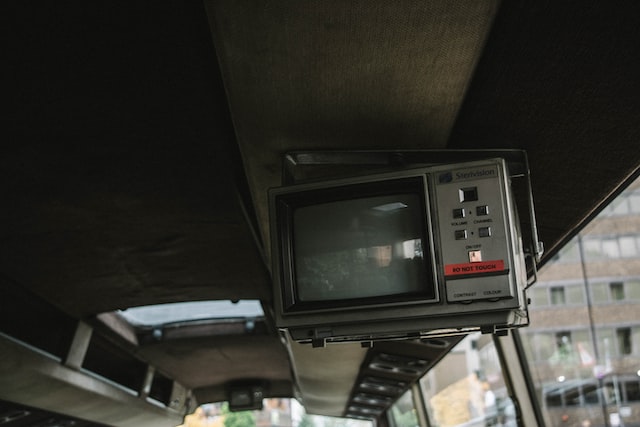There are a few basic things to remember for those seeking to recycle their electronic products. First, you need to know about the different types of materials that can be recycled, as well as some crucial factors to consider. Next, you can learn about different recycling kinds, including manual sorting and mechanical separation. Finally, you’ll learn about the economics involved in removing contaminants before exporting the product.
Lead
Lead is a metal that is a vital component in electronic devices. Its malleable physical properties make it suitable for a wide range of uses. However, it is essential to note that lead can be highly toxic if ingested. The presence of lead in e-waste can result in hazardous levels of information in the surrounding communities. Electronic recycling can help reduce the concentration of charge in the environment. According to a recent study, lead in e-waste has a high potential for air, water, and soil pollution. Children are especially vulnerable. Many household electronics contain lead, including computer monitors, TVs, mobile phones, remote controls, and keyboard mice. Lead can also be found in smoke alarms and radioactive isotopes.
Silver
One of the most important uses for silver is in manufacturing electronic devices, be it computer chips, circuit boards, or mobile phones. Over 7,500 tons of silver are used to make new electronic products worldwide. The same goes for other metals like gold, copper, and nickel. Some of these precious metals are even used as electrical contacts. These days, there are plenty of options for recycling old electronic devices. Many manufacturers offer return programs, tech trade-ins, or recycling events. Several retailers sponsor these events. Numerous non-profit organizations will recycle your electronics for free. This is a great way to ensure your electronics are not going to the landfill. It’s also a great way to save some cash.
Copper
Copper is one of the main ingredients in electrical products. It has high conductivity, ductility, and malleability. The metal is also light and durable. This makes it a viable material for many electrical applications. In addition, it is recyclable. Recycling copper allows the environment to benefit from reduced carbon and sulfur dioxide emissions. And it helps to build a sustainable future. A few examples of electronic devices that use copper include computers, TVs, and phones. Electronics recycling is becoming a more critical focus. Many manufacturers offer return programs. Despite this material’s popularity, many people still leave their electronic devices in landfills.
Manual sorting
If you’re interested in recycling your electronics, one of the most critical steps is sorting the waste. There are many different methods, including manual picking and a multistage commingled waste processing system. The choice depends on the type and quality of the recyclable materials you have and whether you can make it as economical as possible. Historically, waste has been sorted manually. This is still true for many types of electronic waste. However, as the volume of these products has increased, so needs better separation.
Mechanical separation
Mechanical separation is one of the most crucial phases in e-waste recycling. It involves various processes, including material manipulation, sorting, and grinding. This process is essential because it allows valuable materials to be reclaimed from the waste stream. The characterization is a necessary step in developing an environmentally friendly recycling system. For instance, OSHA has set specific OELs for chemical and radioactive substances found in electronic equipment. In addition, the American Conference of Governmental Industrial Hygienics has defined specific OELs for mercury, lead, and asbestos. Although most electronics contain a mix of materials, separating them into valuable components takes time and effort. Fortunately, there are several techniques available to do just that.

